The classroom at Byron Kerns' Survival Instructor Training Course
I've taken several wilderness survival courses over the years, and have typically found that they offer not only potentially lifesaving learnings, but have also been rewarding challenges and another way to have fun living in the wild. Wanting to effectively provide the same experiences to my students and guest on guided trips, I attended a weeklong survival Instructor Training Course ("ITC") run by Byron Kerns of Byron Kerns' Survival. It was a chance to learn new skills, practice teaching those skills, and spend a week camping in an environment that was new to me: Florida's Ocala National Forest!
I first heard of Byron several years ago while reading Deep Survival by Laurence Gonzales. Gonzales wanted to train with Kerns to help learn, as the subtitle of Deep Survival states, "who lives, who dies, and why." Byron is a former US Air Force SERE (Survival, Evasion, Resistance, Escape) Instructor and for years has spent hundreds of nights out in the wilderness teaching survival skills, and, equally challenging successfully running his private survival school businesses. Bryon's courses are now primarily in Florida and Georgia, and include Survival 101, Safe Return, Bare Bones (his challenging flagship course), and wilderness first aid courses. Once each year, Byron conducts a special week-long Instructor's Training Course (ITC). This one caught my eye.
Instructor Training Course
Byron's ITC isn't for everyone. Students must complete an application showing that they have solid outdoor experience and survival skills. Byron wants to know that his students will be able to handle themselves living in the wilds.
“Byron Kerns turned out to be soft-spoken, polite, cheerfully earnest, and gentle to a fault. He moved slowly, never hurried, and was always carefully assessing himself and his environment. He wasn’t prone to high emotional states. He carried with him a contagious air of calm.”
Throughout the course, we covered a multitude of survival topics and skills. While we spent time on various primitive and bushcraft skills, such as fire by friction, drying and smoking meat, plant uses, and trapping, I appreciated that the core of the program was very pragmatic, what is often termed by those who study survival as "modern or military style" survival skills.
Byron would introduce a topic or skill, and then each participant presented the material and received feedback from the other participants and Byron. So, it was a combination of learning, practicing, and teaching survival skills. In additional to learning the skills and how to teach them, Byron shared valuable lessons on the business of running a survival school.
We were tested based on our subject knowledge and related skill, but that was not all. There was serious critiquing of our lesson plans, presentation style, and ability to convey the learning points. Early in the week, Byron took the lead, and we were given adequate time to prepare short presentations; however, as the week progressed, prep time shortened, the subjects became more detailed, and the presentations became longer. Byron is a fun and colorful character, and he worked with everyone individually to help them improve, while also encouraging everyone to bring energy and enthusiasm to our training sessions.
Fire by Friction: I used a bow drill set made from materials I found near camp to start a fire.
I was comfortably challenged at Byron's Instructor's Training Course. There was advanced instruction in technical skills and a good amount of time to practice those skills. The course's emphasis in developing solid lesson plans, mastering the material, and repeated group presentations with increasing levels of pressure and intensity was very valuable. Byron definitely knew how to crank up the stress levels on participants to add to the challenge. You did not want to be charged with leading one of the cross country hikes unless you were 100% dialed in with your navigation skills. If Byron sniffed any weakness or hesitation, he would purposely get your head spinning with a series of confusing questions and stress-inducing comments, and then we'd all be marching off on a bad bearing, crashing through critter infested swampland! That wasn't necessarily a bad thing though, exploring Ocala's fascinating landscape and testing my hot weather skills were all a valuable part of the experience.
A few useful outlines from the material we covered:
One of the projects I completed in class: fish trap.
Uses of Fire:
Warmth
Morale
Drying
Signalling
Boiling
Protection
Cooking
Illumination
Preserve Meat
Four Major Fears of Survivors:
Dying
Wild Animals
Darkness
Isolation
Byron's Priorities of Survival:
Positive Mental Attitude
Wilderness First Aid
Shelter
Fire (3 and 4 may flip-flop depending on the environmental conditions)
Signalling
Water
Food
Byron's Personal Survival Kit Recommendations:
“It was one of the few high-quality knives we could buy at the PX, and I just like the way it handles. It’s great for skinning rabbits and game.”
Item to boost Positive Mental Attitude (PMA): family photo, religious material, whatever is going to make you want to come home!
Wilderness first aid kit
Shelter: Byron is a big advocate of carrying a sheet of plastic and paracord to make a shelter ("It's not just for you, what if you come upon someone who's hurt?")
Fire: Tinder with you and a ferro rod
Signals: Mirror and whistle (on you at all times)
Water: Bags to carry water and for transpiration, tablets, metal cup/pot
Food: While you can go a long time without food, "It doesn't hurt to have a three-day ration with you."
*It is assumed that you have a knife with you. Byron carried a few at all times (a modern SOG flipper that he said he found in the woods, a Mora for carving, and the Buck 110 (a personal favorite that I couldn't argue with!).
Turns Out, Florida is Hot in June
Camping in the Ocala National Forest was a beautiful and challenging. I knew Florida in June would be hot, but I didn't realize just how hot. Very hot. We had temperatures in the mid to high 90s the entire week with a heat index pushing well above 100F and very little cool off in the evening.
I'd clean up in the evening before turning in and lie under my mosquito net, reviewing notes or working on a lesson plan for the following day and immediately start sweating again. Living and working in the constant heat provided a very real and constant awareness that I wasn't "in Kansas anymore." The heat provided the same kind of challenge that the cold does during our Winter camping experiences in the northwoods.
"Ration your sweat, not your water" was a mantra used throughout our week in the Ocala. The only problem: it was impossible to stop sweating!
Campsite Country & Creatures
Our camp for the first several nights was located under a canopy of massive, mature live oaks draped with Spanish moss. They provided a fantastic overhead canopy with a wide-open understory. Not far away on one side of the camp, the ground turned sandy and the woods piney. The other side of camp led to a canal, palms, and more of the Florida tropical environment everyone usually pictures when they think of Florida.
On our cross-country land navigation hikes, we worked through dense walls of vegetation, seas of palmettos, burnt over regions, and lakes and dried up swamps. We saw deer in the area, and Byron said he often sees bears in this location (he saw EIGHT bears in one day at our camp just a week or two earlier!). Each morning, Byron also pointed out new Armadillo ("road pizzas") tracks routing all around our camp. I was on a constant lookout for snakes, often using a stick to push brush and palmettos aside before stepping through. I never saw any snakes, but I did spot a different creepy-crawly throughout my week: spiders. Actually, I've never seen so many, or such a variety, of spiders! Stepping out at night to answer nature's call, my headlamp would catch the reflective dots of spider eyes wherever my head turned.
My shelter during my stay in Florida's Ocala National Forest.
Shelter
I expected Florida to be hot and buggy, so for this course, I brought a large Cooke Custom Sewing ("CCS") silnylon tarp with a roomy but lightweight mosquito net, with a floor to set-up under it.
I brought a USGI poncho liner, a Sea to Summit sleeping bag liner, and one of our Therm-a-rest Neo Air Dream pads. I've used this type of arrangement before when camping in the Florida Keys, during the hot, muggy, and buggy seasons, and I really liked it. The tarp offers plenty of shade and rain protection.
A Great (and Recommended!) Experience
Overall, Byron's ITC was a fantastic experience! I'd recommend it to anyone considering teaching survival courses. If you want more information about Byron, check out some of his history here.
I hope it's not too long before I'm able to spend time in the woods with Byron again! He mentioned a love for canoeing, but has never been to the Boundary Waters or Quetico. Maybe we'll lure Old Byron up north one of these days!

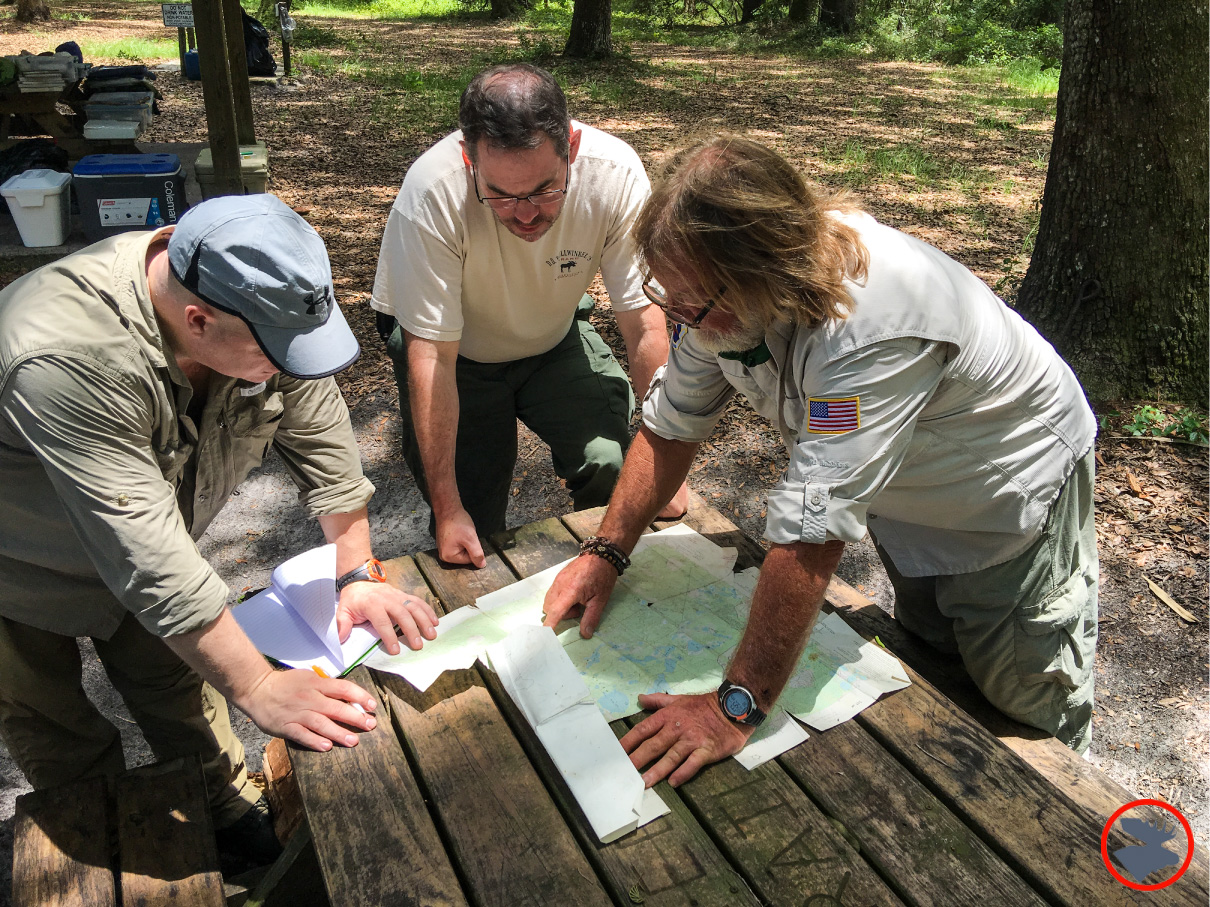
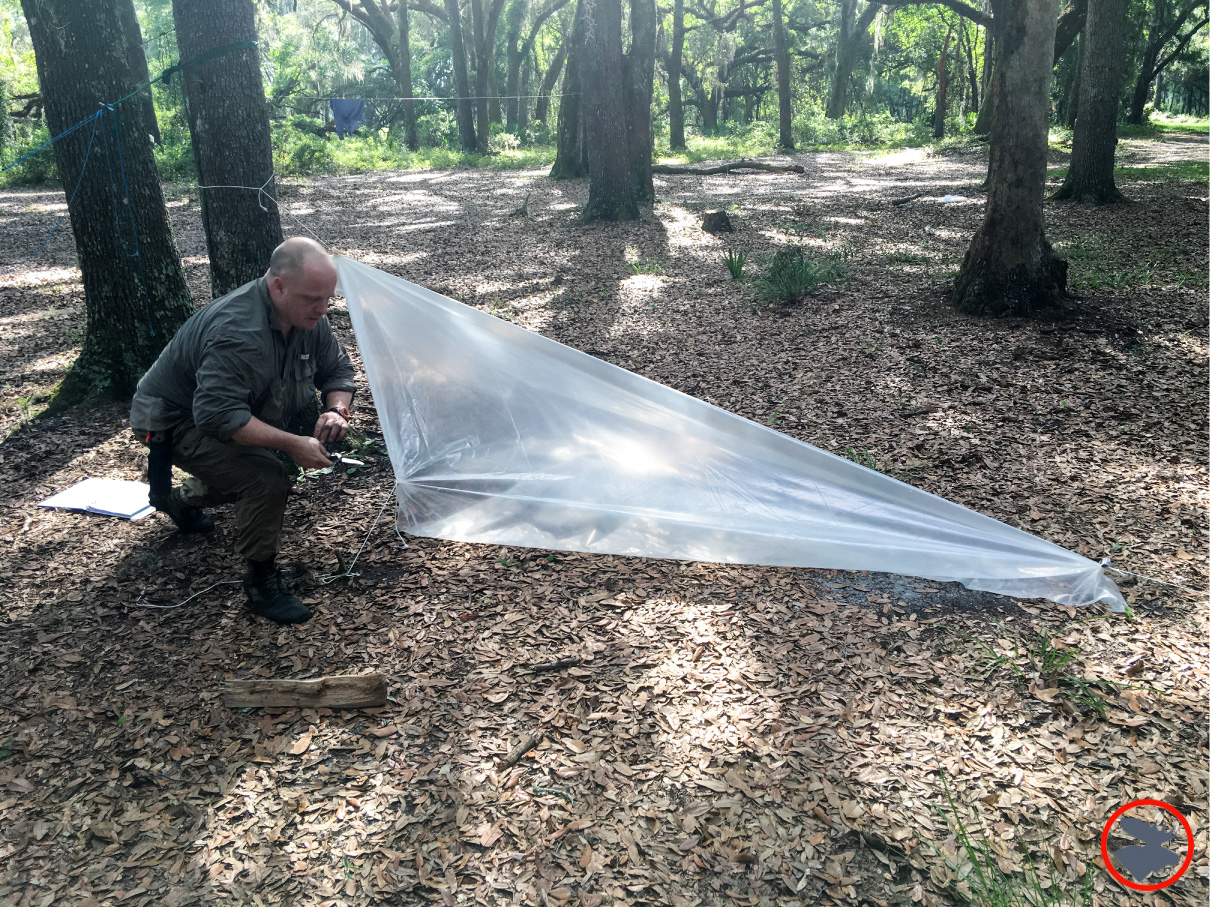
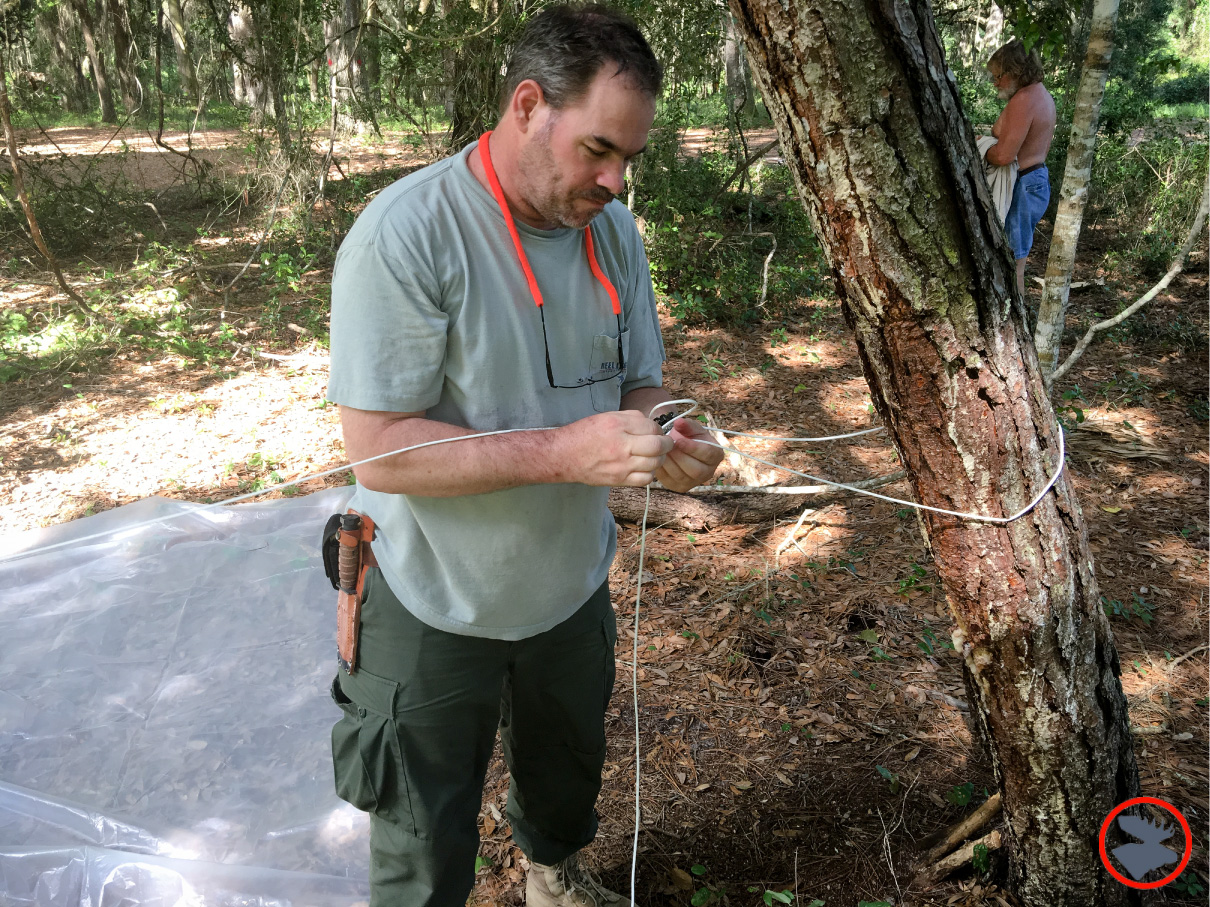
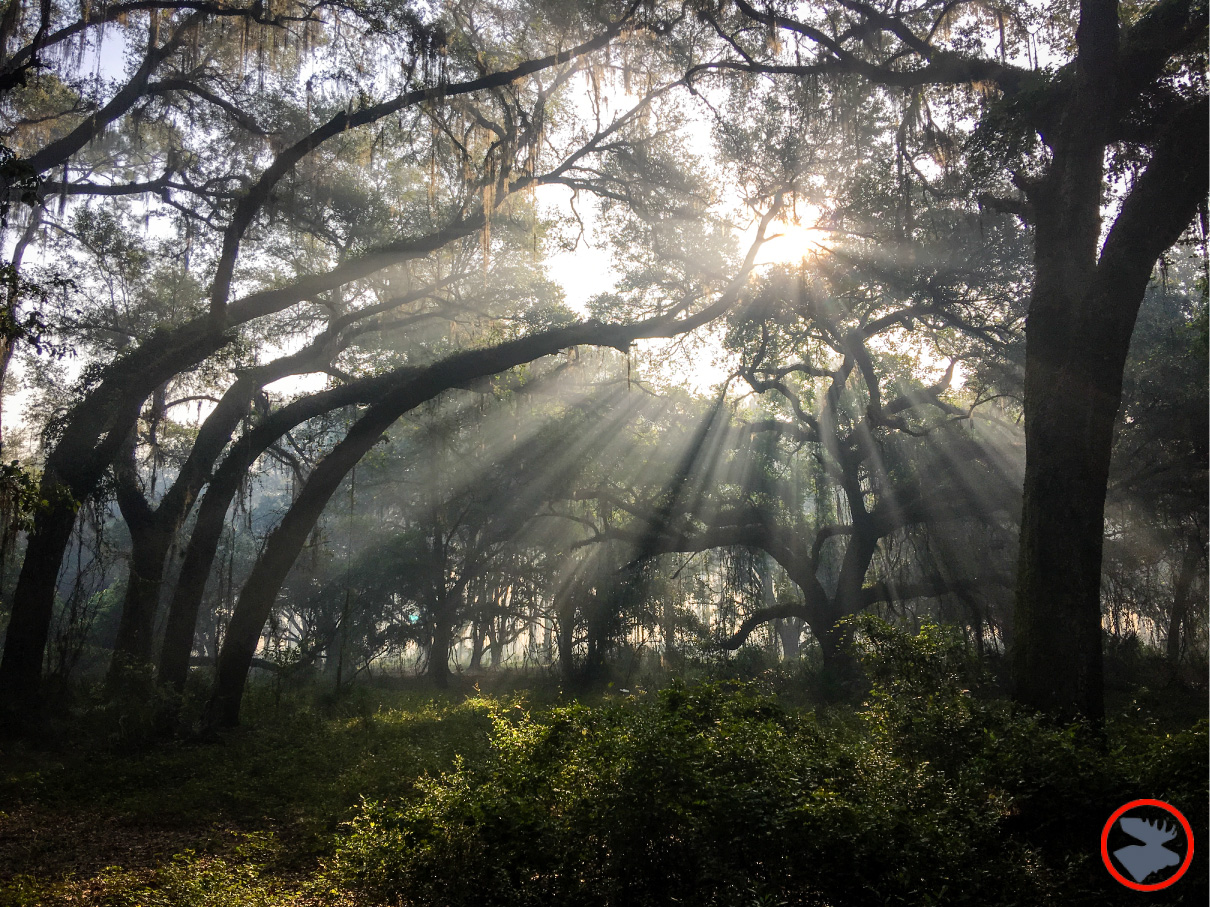
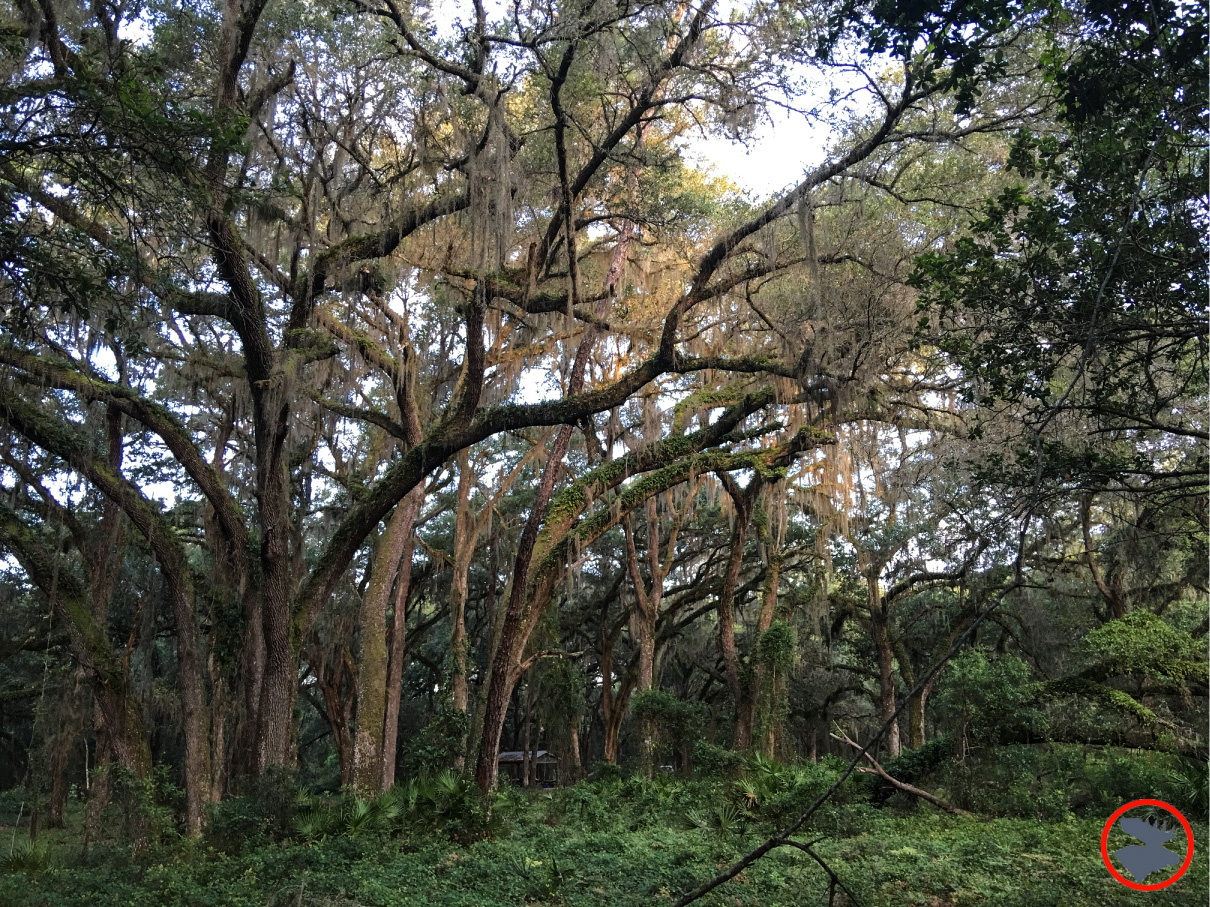
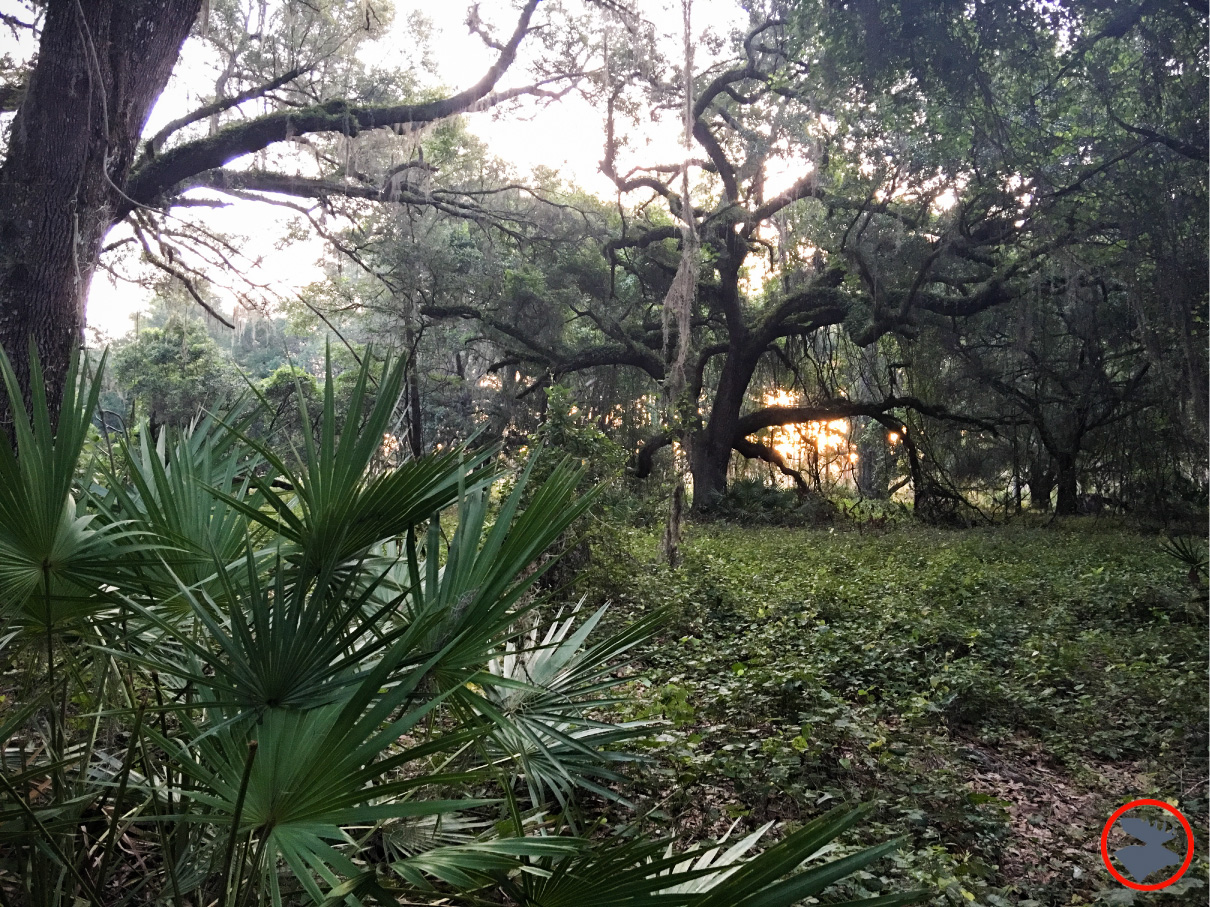

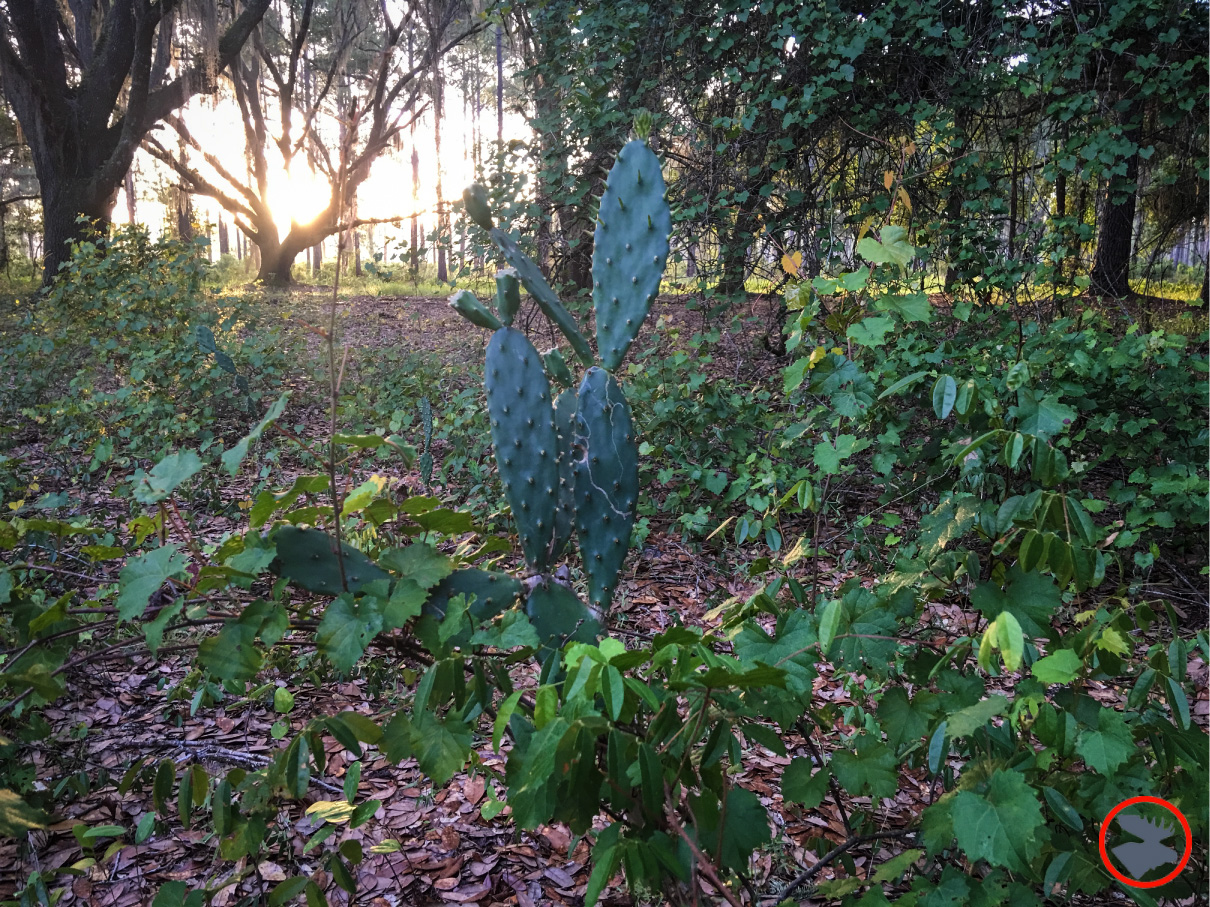



Mors Kochanski is a legend in the outdoor survival world. After studying his books and movies, taking his courses, and working with him, I put together a list of my top 10 takeaways from Mors.